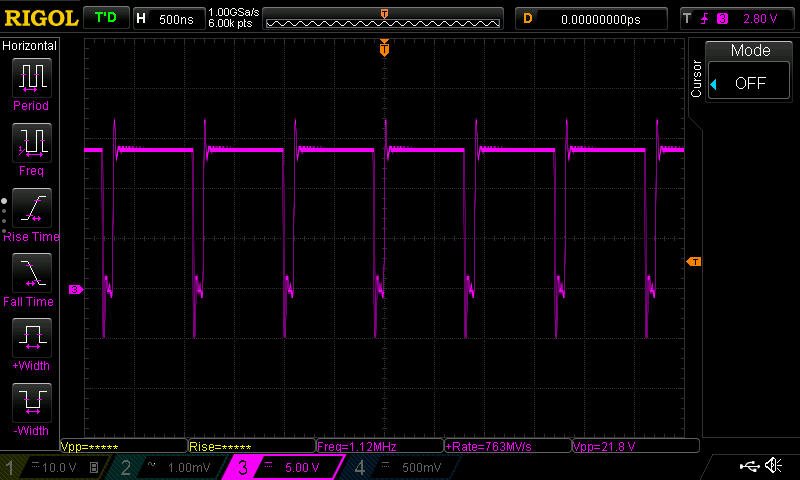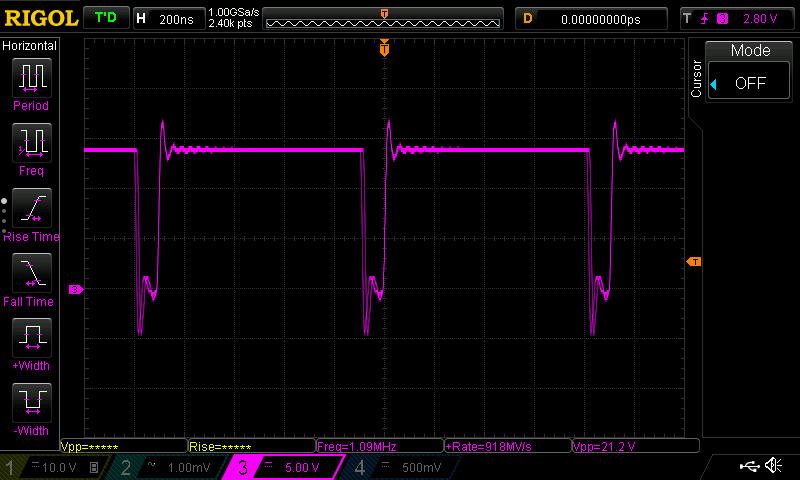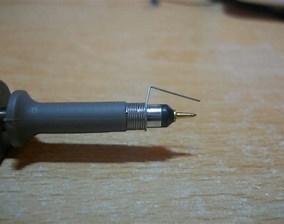Hi.
I'm using BQ24105 as a 3S LiPo charger in one of my projects. The problem is that the IC and inductor are heating. At 0.7A charging current, the IC and inductor are at about 40-50 degrees C. At 1.3A charging current, the IC is untouchable.
Is this behavior normal? If no, what could be the cause? Is it possible to be because of too much heat when soldering with the hot air station (I'm still learning to use this one)?
Attached is the .zip file with the PDF schematic and EAGLE files.
Thanks.bq24105_charger.zip





